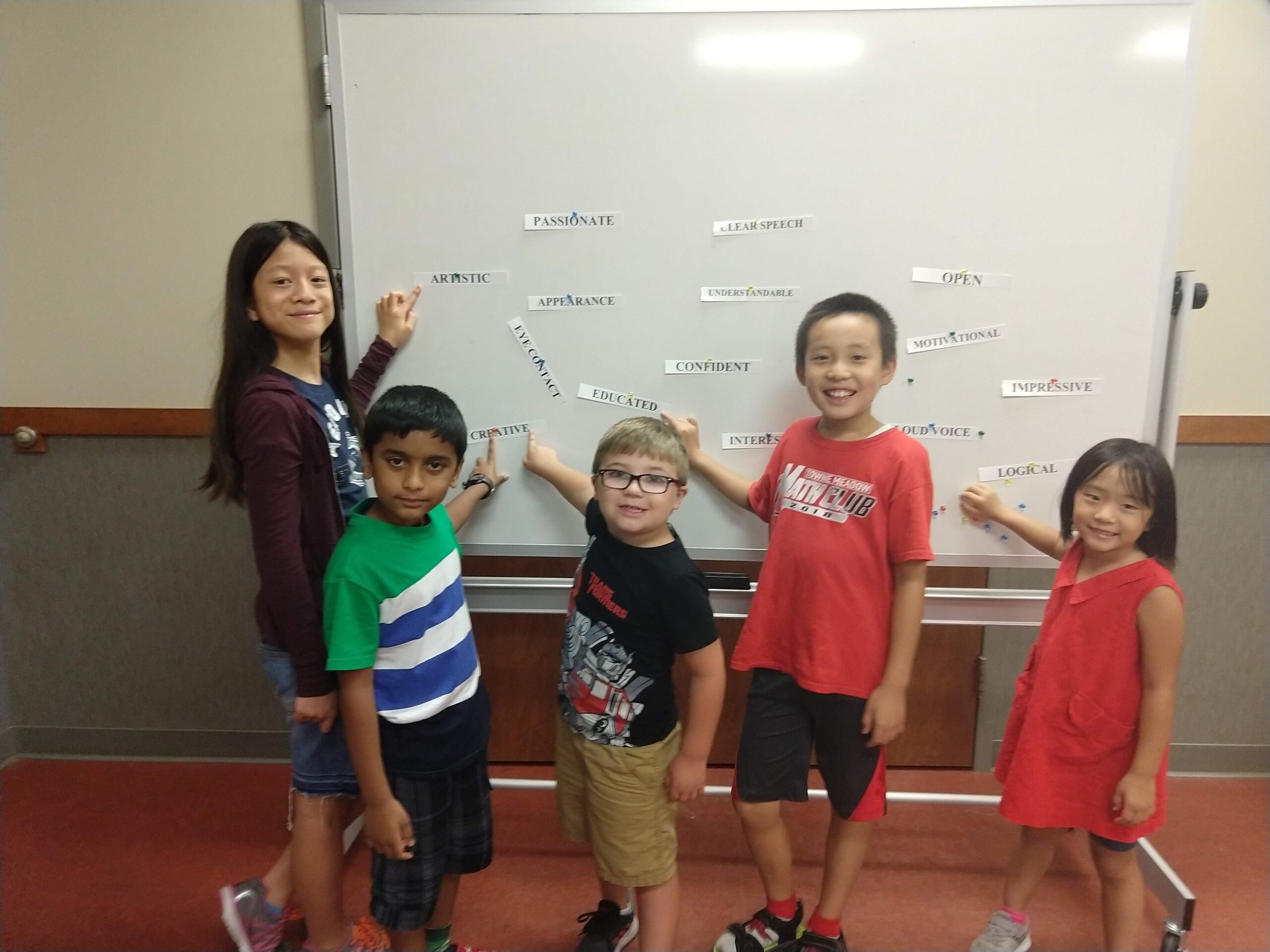This is a 2-part blog about getting your child organized giving tips and advice. Part 1 focused on how to organize and part 2 focuses on how to get started!
If you missed part 1 – click here to catch up! (click here)
How to Start
Here are some tips on how to begin teaching the 1-2-3 process:
Introduce the Idea
Start the conversation by using the examples above and show your child the kids’ article Organize, Focus, Get It Done. Read it together and ask for reactions. Will it be easy or hard? Is he or she already doing some of it? Is there something he or she would like to get better at?
Get Buy-In
Brainstorm about what might be easier or better if your child was more organized and focused. Maybe homework would get done faster, there would be more play time, and there would be less nagging about chores. Then there’s the added bonus of your child feeling proud and you being proud, too.
Set Expectations
Be clear, in a kind way, that you expect your kids to work on these skills and that you’ll be there to help along the way.
Make a Plan
Decide on one thing to focus on first. You can come up with three things and let your child choose one. Or if homework or a particular chore has been a problem, that’s the natural place to begin.
Get Comfortable in Your Role
For the best results, you’ll want to be a low-key coach. You can ask questions that will help kids get on track and stay there. But use these questions to prompt their thought process about what needs to be done. Praise progress, but don’t go overboard. The self-satisfaction kids will feel will be a more powerful motivator. Also, be sure to ask your child’s opinion of how things are going so far.
Start Thinking in Questions
Though you might not realize it, every time you take on a task, you ask yourself questions and then answer them with thoughts and actions. If you want to unload groceries from the car, you ask yourself:
- Q: Did I get them all out of the trunk?
A: No. I’ll go get the rest. - Q: Did I close the trunk?
A: Yes. - Q: Where’s the milk and ice cream? I need to put them away first.
A: Done. Now, what’s next?
Encourage kids to start seeing tasks as a series of questions and answers. Suggest that they ask these questions out loud and then answer them. These questions are the ones you hope will eventually live inside a child’s head. And with practice, they’ll learn to ask them without being prompted.
Work together to come up with questions that need to be asked so the chosen task can be completed. You might even jot them down on index cards. Start by asking the questions and having your child answer. Later, transfer responsibility for the questions from you to your child.
Things to Remember
It will take time to teach kids how to break down tasks into steps. It also will take time for them to learn how to apply these skills to what needs to be done. Sometimes, it will seem simpler just to do it for them. It certainly would take less time.
But the trouble is that kids don’t learn how to be independent and successful if their parents swoop in every time a situation is challenging or complex.
Here’s why it’s worth your time and effort:
- Kids learn new skills that they’ll need — how to pour a bowl of cereal, tie shoes, match clothes, complete a homework assignment.
- They’ll develop a sense of independence. Kids who dress themselves at age 4 feel like big kids. It’s a good feeling that will deepen over time as they learn to do even more without help. From these good feelings, kids begin to form a belief about themselves — “I can do it.”
- Your firm but kind expectations that your kids should start tackling certain jobs on their own send a strong message. You reinforce their independence and encourage them to accept a certain level of responsibility. Kids learn that others will set expectations and that they can meet them.
- This kind of teaching can be a very loving gesture. You’re taking the time to show your kids how to do something — with interest, patience, love, kindness, and their best interests at heart. This will make kids feel cared for and loved. Think of it as filling up a child’s toolbox with crucial life tools.




